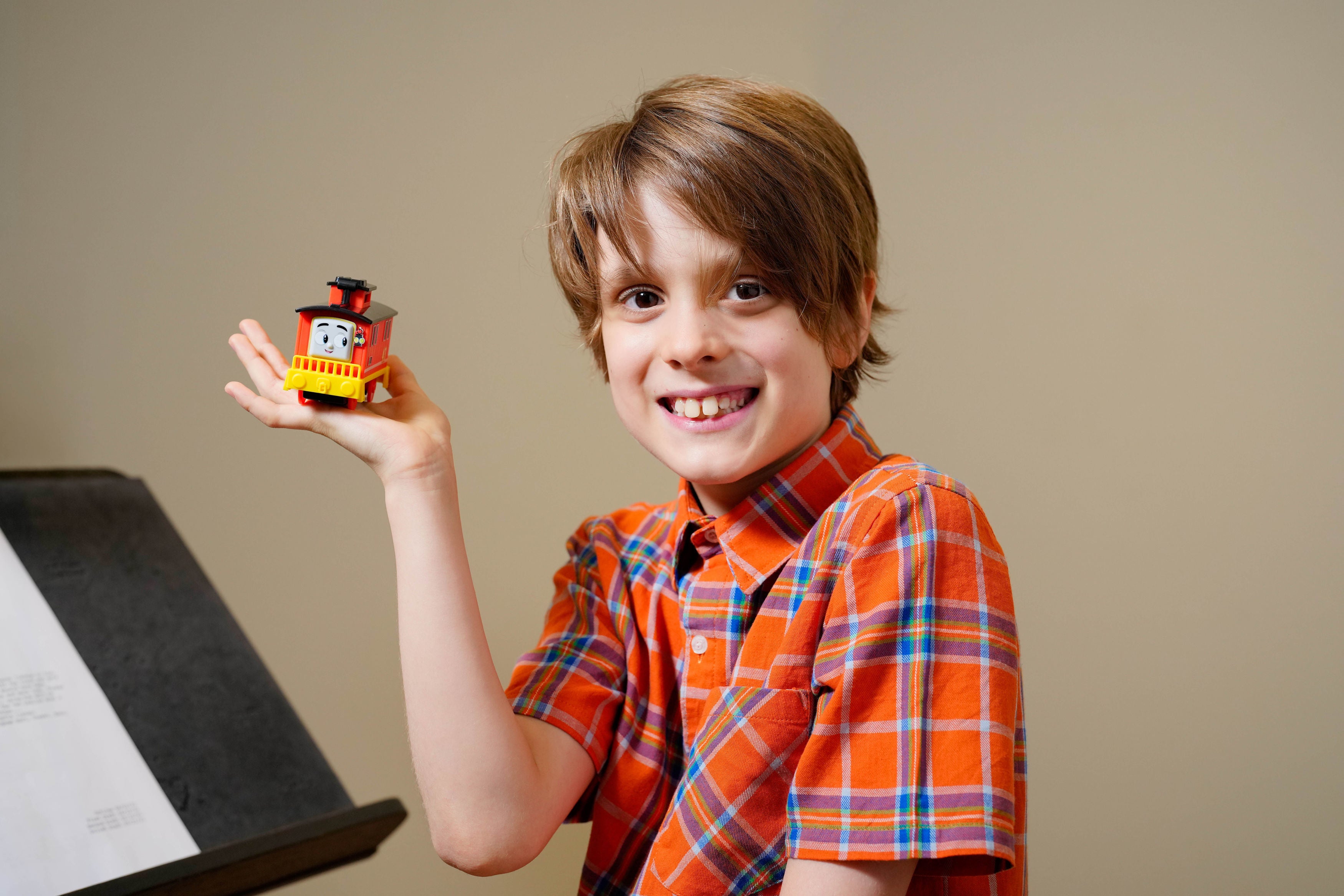Thomas the Tank Engine is on track with its autistic train – but there’s a long way to go
We need to ensure that it is inclusive and reflective of a wider range of autistic people – people of all genders, races, sexualities and backgrounds


This time last year, if you’d asked me to picture an autistic person, my imagination would have gone as far as somebody that looked like Sheldon Cooper or Rain Man’s Raymond Babbitt. I thought “autistic” was synonymous with “socially awkward, rude, white men on the brink of genius” – and I don’t think I would have been alone in my misconception.
In fact, this misconception, which is hugely common in society’s representation of autism, is probably a huge part of the reason it took me until the age of 24 to be diagnosed – despite showing numerous signs that are glaringly obvious in hindsight. I never considered, and the people around me never considered, that I might be autistic. In part, because we had never seen anyone that looked like me, acted like me, or had anything in common with me have that label assigned to them.
This week, American toy giant Mattel announced that a new autistic character will be introduced to beloved children’s show, Thomas & Friends – and will be voiced by autistic actor Elliot Garcia.
This is a huge moment for the autistic community. Not only are we seeing autistic representation in one of the most established and renowned series in the world, we are also getting to experience that character being authentically voiced by an actor that is part of the community. Authentic autistic representation is surprisingly uncommon, with shows often instead opting to avoid outright labelling of autism, use neurotypical actors, and give the characters a combination of “quirky” (autistic) traits, in something which feels a lot to me like appropriation.
So it really can not be underestimated just how huge of a moment this is – for both the brilliant young Elliot himself and for the autistic community as a whole. I am confident that the introduction of the character will have a life-changing effect on hundreds of thousands of autistic children, showing them that it’s OK to be different, and that their matter-of-fact communication, sensory sensitivities and lack of eye contact are nothing to be ashamed of.
With that being said, there is still so much work to be done. If I had to take a guess at the gender, age and socioeconomic background of Thomas & Friends’ main audience, I imagine it would be very similar to the group of people who are still most likely to receive an autism diagnosis in a timely manner: young, middle-class, cis, white boys.
So although it is fantastic that authentic and positive representation is starting to appear in the media, we need to ensure that it is inclusive and reflective of a wider range of autistic people – people of all genders, races, sexualities and backgrounds.
Yes, it’s great that we have an autistic children’s TV character. But we also need autistic women on talk shows, we need autistic people of colour on soaps, we need trans autistic people in movies. We need young autistic people in the spotlight and we need older autistic people in the spotlight. We need autistic representation to actually be representative of the whole autistic community.
To keep up to speed with all the latest opinions and comment, sign up to our free weekly Voices Dispatches newsletter by clicking here
Autism does not have a look. It is not confined to one very specific subset of people. Autistic people are as diverse as people in general, and autistic representation needs to be reflective of that.
So let’s celebrate Elliot’s new role, and let’s celebrate Thomas the Tank Engine’s new autistic friend. Most importantly, let’s continue that momentum to bring more autistic people, and more diverse autistic people, into the public eye.
If five-year-old, 10-year-old or 15-year-old Ellie had seen the 25-year-old Ellie of today on her favourite TV programmes, in her favourite magazine, or on the cinema screen, I am confident that she would have arrived at her lightbulb moment of diagnosis a whole lot sooner – and been a whole lot happier in herself in the process.
Join our commenting forum
Join thought-provoking conversations, follow other Independent readers and see their replies
Comments
Bookmark popover
Removed from bookmarks